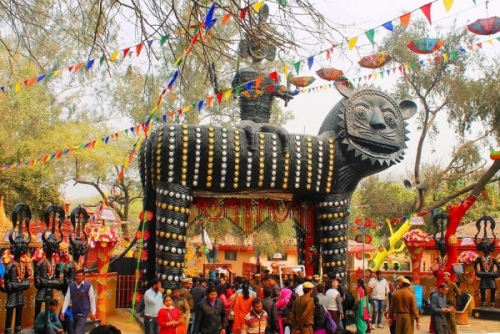Cave diving, cavern diving, and cenote diving are three thrilling underwater activities that draw adventurers from around the globe. Each offers a unique experience, allowing divers to explore the hidden wonders of submerged landscapes. These activities, while sharing common elements, present different challenges and opportunities for exploration.
Cave Diving is often regarded as one of the most technical forms of diving. It involves navigating through underwater caves, where visibility can be limited and the environment can be unpredictable. Divers must be well-trained and equipped with specialized gear, including double tanks, dive lights, and a thorough understanding of dive planning. The allure of cave diving lies in the untouched beauty of the underwater formations, where stalactites and stalagmites create an otherworldly atmosphere. The feeling of being enveloped in rock while surrounded by water can be both exhilarating and serene.
In contrast, cavern diving serves as a gateway for those intrigued by cave systems but not ready for the technicalities of full cave diving. Cavern diving takes place in the first section of a cave system where natural light still penetrates, providing a more forgiving environment for less experienced divers. This setting allows divers to enjoy the beauty of the cave without the complexities that come with deeper exploration. Many divers find that cavern diving offers the perfect balance of adventure and safety, as it encourages them to appreciate the stunning rock formations and the fascinating aquatic life that inhabit these spaces.
Cenote diving is particularly popular in regions like Mexico's Yucatán Peninsula, where cenotes—natural sinkholes filled with water—serve as gateways to vast underground river systems. These cenotes often feature clear blue waters and intricate cave systems, making them a favorite among divers. The unique geological formations and rich biodiversity found in cenotes provide an exceptional diving experience. Cenote diving often combines elements of both cave and cavern diving, allowing divers to explore both illuminated areas and darker, more complex systems.
One of the most captivating aspects of cenote diving is the cultural significance of these natural formations. Historically, cenotes were sacred to the ancient Maya, who believed they were gateways to the underworld. Today, divers not only experience the breathtaking underwater scenery but also connect with a rich history that adds depth to their adventure. The sunlight filtering through the surface creates mesmerizing patterns on the cave walls, enhancing the sense of wonder and magic that Cenote diving provides.
Safety is paramount in all forms of diving. Divers must prioritize proper training and adhere to safety protocols to minimize risks. Understanding the nuances between cave diving, cavern diving, and cenote diving can help divers choose the right adventure for their skill level and comfort. It’s essential for divers to be aware of their surroundings and to respect the fragile ecosystems they are exploring. Proper buoyancy control and environmental awareness are crucial to preserving these beautiful underwater landscapes for future generations.
As divers continue to seek new adventures, cave diving, cavern diving, and cenote diving remain popular choices. Each offers a unique glimpse into the hidden beauty of underwater worlds. Whether you are drawn to the technical challenges of cave diving, the accessibility of cavern diving, or the enchanting allure of cenote diving, these activities provide unforgettable experiences. With the right training and respect for the environment, divers can immerse themselves in some of the most stunning and mysterious places on Earth, creating memories that will last a lifetime.












